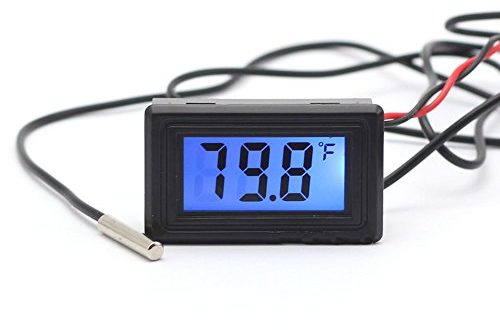What do Libya, Myanmar, and the United States have in common? According to proponents of the metric system, these three nations share a controversial trait: they predominantly use imperial measurements—feet, pounds, and miles—instead of the metric system’s meters, grams, and kilometers. But the reality in the United States is more nuanced. Although imperial units are prevalent, the metric system is actually the preferred standard for trade and commerce.
Legal but Not Ubiquitous
“It’s been legal to use the metric system in the United States since 1866,” says Elizabeth Benham, program leader of the federal metric program at the National Institute of Standards and Technology (NIST). Despite this, the U.S. has taken a voluntary approach to metrification, promoting but not mandating the use of the International System of Units (SI).
The Chaotic Origins of the Meter
The metric system’s journey began during the French Revolution. In the late 18th century, France was home to a bewildering array of measurements. Scientists, dreaming of a universal standard, proposed a system based on natural constants. The French Academy of Sciences defined the meter as one ten-millionth of the distance from the North Pole to the Equator, as measured from Paris. This precise measurement became the foundation for all subsequent metric units.
A Slow and Steady Adoption
France quickly adopted the metric system, but public acceptance was slower. The system gained international traction, and by 1866, the U.S. passed a law allowing metric measurements in commerce. Gradually, metric standards were disseminated across the nation, and in 1875, the U.S. joined the Treaty of the Meter, creating an international governing body for weights and measures.
Despite these steps, widespread American adoption remained sluggish. By 1960, the metric system had evolved to encompass various scientific fields, leading to the creation of SI. Most countries transitioned fully to SI, revising road signs, packaging, and educational curricula.
Resistance and Confusion
In contrast, the U.S. experienced resistance from industrialists, legislators, and states’ rights advocates. The 1975 Metric Conversion Act declared SI as the preferred system, but implementation was inconsistent. Even federal attempts, like converting an Arizona interstate to metric, failed to extend beyond isolated projects.
Today, the U.S. operates in a “risky hybrid measurement environment,” as Benham describes it. Both metric and imperial units are used, resulting in dual labels and potential miscalculations.
Embracing Metric in Daily Life
Despite these challenges, Benham believes voluntary metrification is achievable. She suggests individuals explore the metric units already present in daily life, from food labels to car speedometers. Educators play a crucial role in fostering metric familiarity among future generations.
Benham practices what she preaches, using metric measurements for everyday activities and setting her devices to Celsius and kilometers. She encourages others to try NIST’s online tools for incorporating metric units into tasks like cooking and gardening.
“Change is going to happen,” Benham asserts. “It’s just a slower change than a mandatory approach.”
Ready to Make the Change?
If you’re ready to embrace the metric system, start small. Adjust your smartphone settings, measure ingredients in grams, and track distances in kilometers. With time and education, the U.S. can move closer to full metrification. The journey may be gradual, but the potential benefits are vast, making it a worthwhile endeavor for individuals and the nation as a whole.





Leave a comment